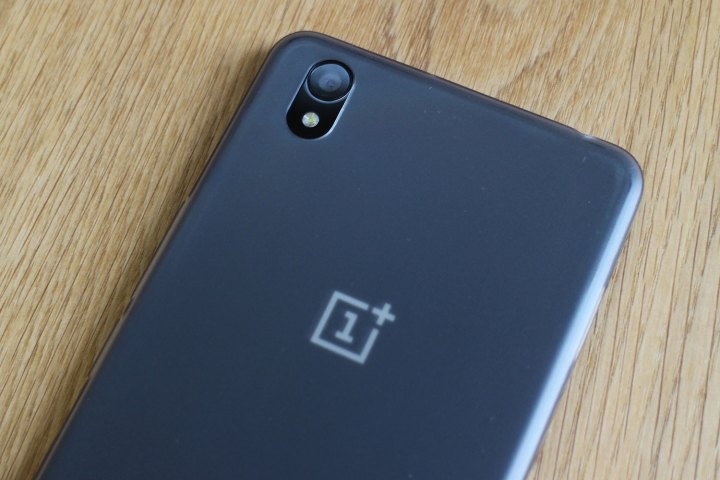
For any order over $99, you can pay using installments via PayPal in OnePlus’ U.S. webstore. The option is live now, the company announced in a blog post.
There’s no contract with the installment service, and you can also switch carriers while on the plan. The new option also lets you pay off the full price of the order at any time.
“As just one of the new ways we are looking to evolve our business, the increased flexibility this new service provides is integral to our future payment structure,” said Carl Pei, co-founder of OnePlus in the announcement.
There is a 19.99 percent APR that the announcement failed to mention, which will bring up your monthly payment up a few dollars. There are also three monthly payment structures: 6 months, 12 months, and 18 months. So choosing a OnePlus 2 with the 18-month plan will have you paying $22.60 per month, and a OnePlus X will start at $16.12 per month for the same payment structure. If you’re worried about jumping the gun, the company assures that “there’s no need to worry about any unwelcome surprises along the way.”
To take advantage of this feature, if you’re ready to buy a OnePlus device, just hit the PayPal credit option when completing your order, and it will display how much you’ll be paying month-to-month through a payment calculator. There’s no word yet on whether this option will make its way to other markets.
Editors' Recommendations
- Have one of these OnePlus phones? You can now download Android 15
- Six months later, is the OnePlus Open still worth it? I found out
- The OnePlus 12R is still one of 2024’s best smartphone deals
- Every Android tablet we’re expecting in 2024
- I did a OnePlus 12 vs. OnePlus 12R camera test, and there’s a big difference

